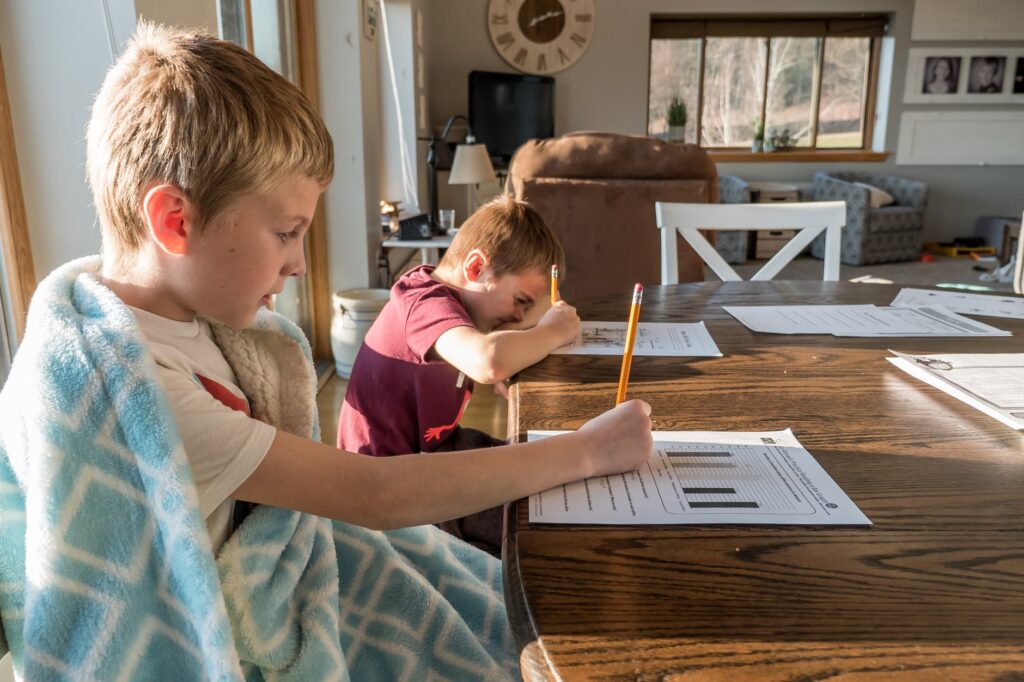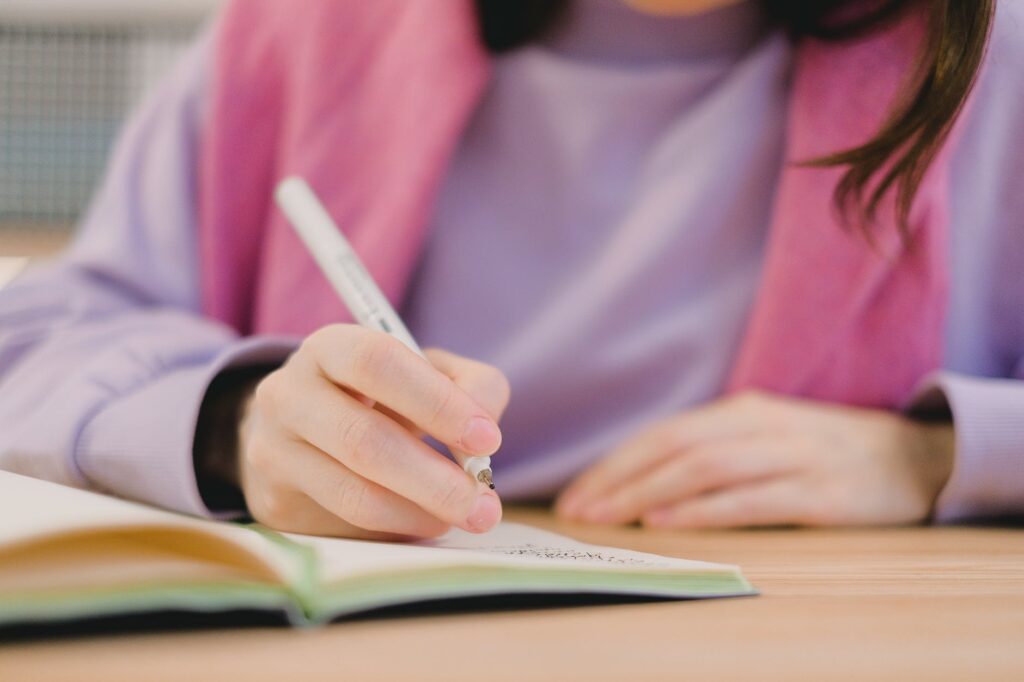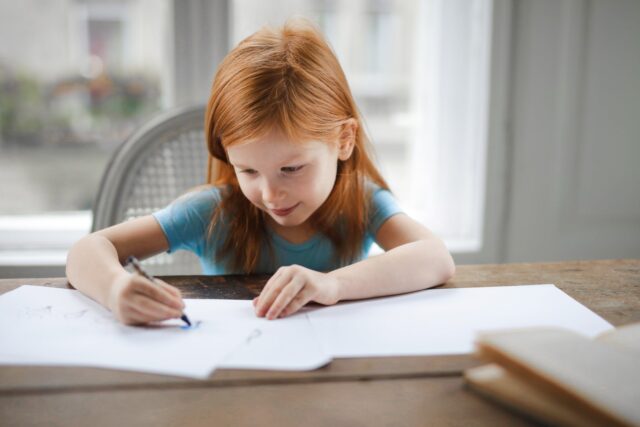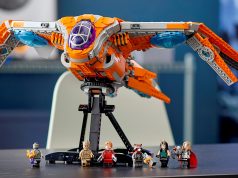Learning to write is a wide topic that requires students to integrate mechanical abilities such as letter formation and handwriting with cognitive and imaginative skills such as punctuation, spelling, grammar, and creative writing. It’s a lot to take in for a tiny person!
We’ll concentrate on pen control and letter construction since this is a series about beginning school. Entry 71 in the 100 is useful for additional information about writing throughout the first year of school.
Mark-making

(Before they can hold a pencil or recognize a letter)
Mark-making is a useful exercise for your kid whether or not he or she can currently write. All mark-making is excellent practice for letter-formation, from sticking your finger into your porridge to the most exquisite calligraphy.
At the end of the day, the letters of the alphabet have a few things in common:
- Ascendants and descendents (straight up and down lines)
- a circle (both clockwise and anti-clockwise)
- a few points (like the dots of an I or j)
- horizontal and diagonal lines
You’ll notice that these markings closely resemble the first marks your one-year-old may attempt to create. If you give them a crayon, they’ll make horizontal arcs first, then spirals, up-and-down scribbles, and dots by stabbing at the paper.
Confidence and familiarity with creating these basic markings will build solid foundations for subsequent writing abilities, so the more chances you can offer your child to experiment with mark-making before they enter school, the more enjoyable their learning to write experience will be.
We like the concept of using play to practice mark-making. Here are some ideas on how to include it into your daily routine:
Many well-known action songs for pre-schoolers, for example, emphasize the motions needed in writing. Consider the circular motion employed in the film Five Little Men in a Flying Saucer. Or The Wheels on the Bus’s round-and-round, with the horn’s beep-beep representing i’s and j’s and the swish swish wipers representing horizontal arcs.
Streamers are an excellent method to teach mark-making movements on a gross-motor scale. Streamers may be purchased or made by attaching ribbons to poles. If you give a kid a streamer, they will begin to ‘draw’ ascenders and descenders, circles and diagonals in the air.
Sand is used for writing (or shaving foam, or on window condensation or a steamy bathroom mirror). The beach provides plenty of chances for sand writing practice. If you don’t want to go to the beach, scratch letters into dirt in the garden with a stick.
Control of the pens

You’ll realize how essential grip is when your kid starts using crayons and pencils. It’s difficult to hold a pen or pencil without a strong grip. Developing the strength and fitness of young hands is an excellent method to aid in the development of writing abilities. In this case, there are two kinds of grip to consider:
Grip with Pincers
The fingers and thumb are pressed together. When you offer tiny finger foods like peas to babies, they practice this. When creating a collage, older children use the same grip to pull a zip, tie laces, or put down paper.
Pincer grip may be improved and strengthened by doing things like pegging clothing to a laundry line or rolling balls of playdough between your forefinger and thumb.
Grip for Tripod
The traditional pencil grip. It’s a combination of the pincer grasp and the middle finger. The additional finger acts as a support and aids in the movement of the pencil over the paper. Simple activities like leaf rubbings with crayons or squeezing squirty bath toys may help you gain strength and coordination.
Quick tip: If your kid is having trouble holding a pencil properly, consider the following two methods:
1. Place the pencil on the table with the point facing your kid. As though they were going to take up the pencil, have your kid place their first two fingers and thumb on the pencil, near to the tip. Simply raise up the far end of the pencil and bring it across in an arc until it rests on the webbing between the fingers and thumb (while your kid holds on to the other end). And take a look at that tripod handle!
2. Give your kid a tiny object to grasp in their palm of their hand. The ideal tool is a penny or a tiny rubber. Use their ring and little fingers to gently push the item into their palm. The first two fingers are now free to grasp the pencil. It’s impossible to avoid the tripod hold. Easy-peasey!
Note: Provide your kid with a thick pencil to hold, ideally one with a triangular shape to promote the tripod grip. For this reason, we use Lyra pencils.
The creation of letters
There’s a school of thinking that argues kids shouldn’t learn to write by tracing over dotted letters in handwriting books. Opponents say that tracing over letters encourages youngsters to concentrate on remaining on the line, resulting in jerky handwriting as they jump from one area of the letter to the next. When you practice letters on plain paper, you can concentrate on the sweep of the ascenders and the arc of the curves, allowing you to make powerful, confident strokes. As a result, your writing will be smoother and more attractive.
Children who draw over letters are more likely to develop tight, cramped handwriting, according to theory. While the preceding is true, tracing over letters also provides practice, and becoming excellent at writing is ultimately a matter of practice. It’s also something kids can do without an adult hanging over them to make sure they’re correctly creating the letter. So, if utilizing an exercise book encourages your kid to write more and they are willing to do so, then give them the book.
Exercises in pen control

Finally, here are some suggestions for effective pen-control actions. They are free to download and were created by our artist, Evgeniya. You’ll note that they’re not difficult to understand. You’re just encouraging your kid to follow lines, whether they’re straight, curved, or changing direction. These kind of activities are likely to be found in the children’s magazines you currently own.
Progress to tracing and copying letters. Just remember to take a break from the tracing and dotted lines every now and again. On vacation, write letters in the sand or grab a paintbrush and create big images on A2, A1, or A0 paper. Alternatively, skip the paper and paint directly on the wall. Keep things lighthearted, and your kid will learn quickly.
“What a fantastic concept for a toy store. Good quality goods from all over the world, but with a play attitude and, strangely (but effectively), an anti-consumer mentality…”




